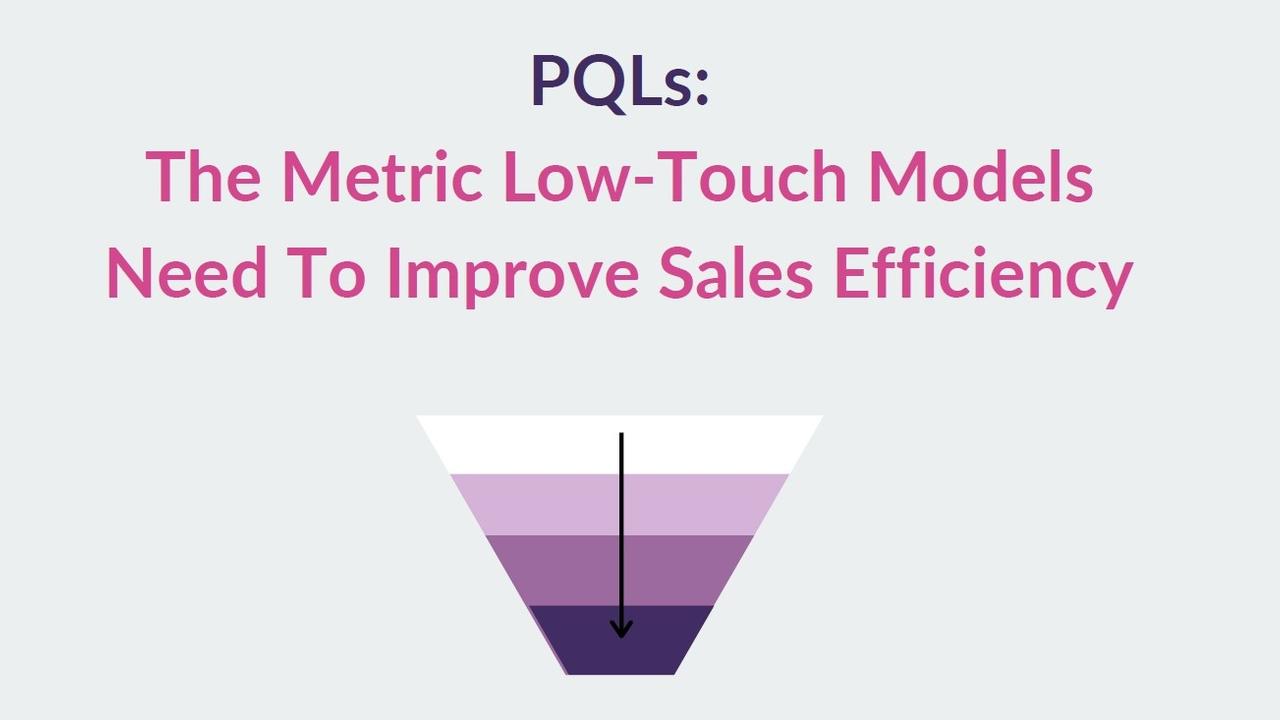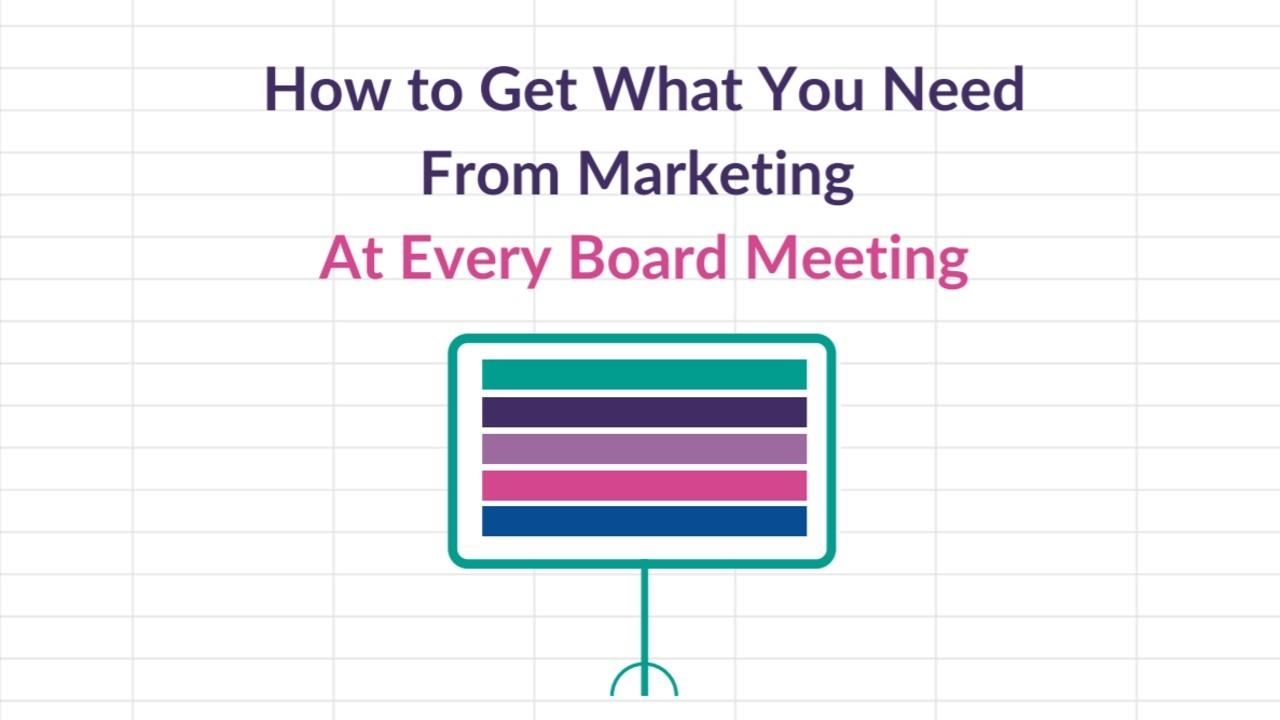Paid Media + Content

The room to spend on paid media in most industries is finite. After a while, you always hit a ceiling on spend.
Similarly, if you’re creating content purely for SEO, you will hit a limit on how much traffic your content can drive.
It’s not that these plays are ineffective. They work and need to be implemented inside most companies.
But the real value to be created is when content and paid media to work hand in hand to target ideal customers to create demand.
This kind of marketing takes a true understanding of customers, a belief in the power of content and a willingness to invest paid media dollars to build a longer-term affinity within an industry.
In a paid social driven demand engine, content + paid is how you get to infinite distribution to scale revenue significantly faster.
Your competitors can’t just bid up where you’re investing like they can on finite, zero-sum channels like search because you’re never playing the same game.
It’s also how CAC comes down because the b...
CMO-CFO Alignment in Portfolio Companies: Why It Matters, and How To Achieve It

When you bring on new portfolio companies, defining titles, setting expectations and clearly assigning responsibilities in the company is usually among the first things you do. This should include identifying and optimizing areas of alignment between the leaders in the company. But, too often, this gets pushed to the back burner because there doesn’t seem to be a direct connection to the investment thesis or because investors are cautious of interfering with the company’s internal dynamics.
However, without alignment between function area leaders, the company could be:
- Missing out on budget efficiencies
- Spending dozens of hours on overlapping work
- Losing potential customers in the cracks between departments
- Pulling the business in multiple different directions
You can’t assume the executive team will be aligned just because they’re in the same office. These relationships need to be proactively managed, with clear communication requirements and goals that make sense for both ...
Best Fit vs Bad Fit Customers

Your best fit customers are significantly more valuable bad fit customer base. They are also more valuable than your overall customer base (including those who are a good fit).
That's why you need to tailor the following to your best fit customers:
- Product Roadmap
- Demand Gen
- Sales
- Content
- Onboarding
...and more
The more you focus on your best fit customers, the more you will build a differentiated position in the marketplace with super fans and power users.
Total Customer Value

Understanding the core drivers of Total Customer Value is critical to building the growth engine of any business.
Companies constantly under-estimate what a customer is truly worth by not capturing all the value acquiring a customer brings.
Common drivers:
- Higher ACVs / Average Deal sizes
- Increased Usage / Functionality which drives expansion revenue
- Lower churn, higher retention and higher LTV
- More upsells
- More cross-sells
- Increasing pricing
- Driving more referrals with higher NPS / satisfaction
- Better onboarding to increase conversion rates and usage
Correctly understanding Total Customer Value is the key to scaling sales and marketing. It tells you how much you can truly spend to acquire a customer.
The higher the total customer value, the more you can spend. The more you can spend, the more of the market you can capture.
Continuum of Marketing Accountability

The quickest way to measure the maturity of Marketing within an organization is to look at its core accountability metric.
In less mature organizations, Marketing teams report on leads generated, MQLs and even influenced pipeline as their ultimate accountability.
In more mature organizations, sourced pipeline and revenue are the ultimate accountability metrics.
A good way to figure out where on the continuum a company's marketing team sits is to ask what reporting they have.
If they have:
- Connected marketing spend at the top of funnel to sourced pipeline and revenue
- Analyzed ROI by channel, campaign, cohort
- Established baselines for acceptable cost per lead by channel and campaign based on conversion to opportunity $ and pipeline
Then, they are on the more mature side of the spectrum.
If they haven’t, the organization likely needs a cultural transformation to shift revenue accountability from just sales to both marketing and sales.
Equilibrium of Optimal Marketing Investment

LTV to CAC ratios are incredibly high in many B2B companies. Yet the same companies hold back on ramping up marketing spend.
If your LTV:CAC ratio is well above 3 (in many companies this number is north of 10) and your Payback Period is below 12 months, ramping up sales and marketing spend aggressively can create a tremendous amount of enterprise value.
Why hold back any spend when you'll recover your investment in less than a year and generate returns for 10+ years?
If your break-even point on marketing spend is at the 18-24 month mark and your LTV:CAC ratio is still above 10, then it's time to optimize and analyze what's working and where spend is being wasted. Once optimized, scale aggressively again.
If LTV:CAC is below 3 and Payback Period is north of 12 months, it's time to go back to product and customer feedback before you think about investing more into acquisition.
PQLs: The Metric Low-Touch Models Need To Improve Sales Efficiency

Improving sales efficiency is one of the most common growth levers that feature in PE investment theses. There is huge potential for growth here if you improve conversion rates throughout your sales funnel. However, you can’t improve sales efficiency if you don’t have data on how prospects are moving through the pipeline towards closed-won.
In high-touch sales models, getting data on pipeline status is as easy as shooting an email to someone on your sales team. But in companies with low-touch models that have small or nonexistent sales teams, this can be more complex. How do you know if a lead is moving through the pipeline if you don’t have a salesperson to collect that feedback?
In a low-touch, ‘try before you buy’ SaaS model (for example using free trials or freemium plans) you’re likely dealing with small deal sizes and short sales cycles. There are thousands of people who want to try out your product: The challenge is converting these users into paying customers.
The risk here...
How to Hire Marketing Leaders for PE-Backed Companies

Whether you’re filling gaps in the current marketing strategy, growing the marketing function, or restructuring the team to merge products, hiring new marketing leaders is a common step after an acquisition.
Without the right leaders, Marketing won’t have the management and expertise it needs to scale demand generation, improve nurture, and support Sales. But finding marketing leaders that suit the company, its objectives, and your ideal roadmap can be a challenge.
The right marketing leaders will accelerate your growth; the wrong marketing leaders will keep you stagnating at status quo, or make rash decisions that could damage your brand. If you hire a CMO who isn’t a good fit for your business, the best-case scenario is several months of slow progress on your growth levers, money wasted on initiatives that go nowhere, and the expense and hassle of hiring a replacement within a year.
For PE firms, that kind of outcome is disastrous. With a limited time to grow the company’s revenu...
How to Get Better Marketing Presentations at Board Meetings (+ Free Template)

Portfolio companies often believe that their investors only care about EBITDA and, therefore, that they’ll refuse to invest more into an initiative. If you’re a PE investor, you’ll know that’s far from the truth.
After an acquisition, aligning the management team and the board around core initiatives as quickly and efficiently as possible is the number one priority for both portfolio companies and the PE firm. Scaling Marketing is often at the center of this, and most PE firms are keen to give Marketing budget to grow—if Marketing can prove they’ll deploy that additional budget responsibly.
Too often, Marketing walks into the boardroom and asks for another $1 million to supplement their budget, without data to back up their request and without explaining how these projects support the key investment thesis growth levers.
Do you know where and how Marketing would be using the extra budget, and what their projected growth metrics are? Does Marketing even know this?
Without the sup...
The Data Framework You Need to Scale SaaS Marketing (+ Free Template)

When we’re brought in by a private equity firm to help a particular investment, the portfolio company’s immediate expectation is that we will ramp up Marketing priorities like demand gen and content right away.
Our response is always to slam on the brakes.
Scaling is always the goal, but doing so without the right data framework in place is equivalent to setting your marketing budget on fire. Scaling Marketing isn’t like flipping a switch: It’s about building an engine that is predictable so that we can invest more dollars with confidence as time goes on.
This requires data organization. Without data, you’re pursuing complex initiatives in the dark. You don’t know where to invest or how to track success on those investments. You’re playing Pin the Tail on the Donkey, and maybe you guess right and invest in the right space, but maybe you don’t.
To avoid costly misjudgments, you need to build a marketing data framework that gives you hard evidence of which campaigns are working and...



